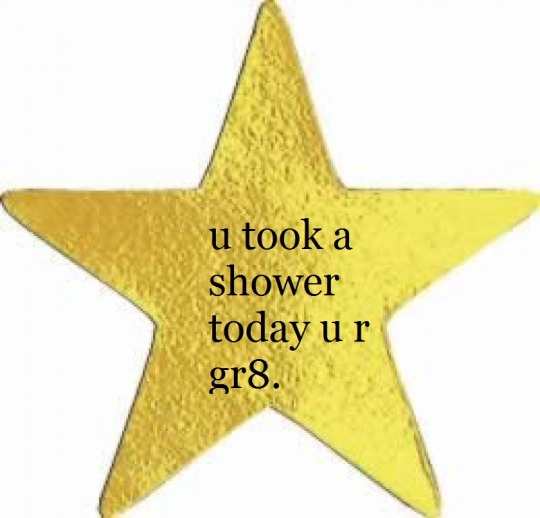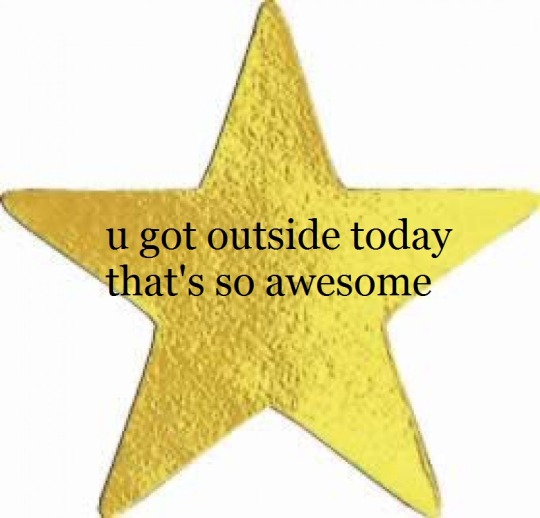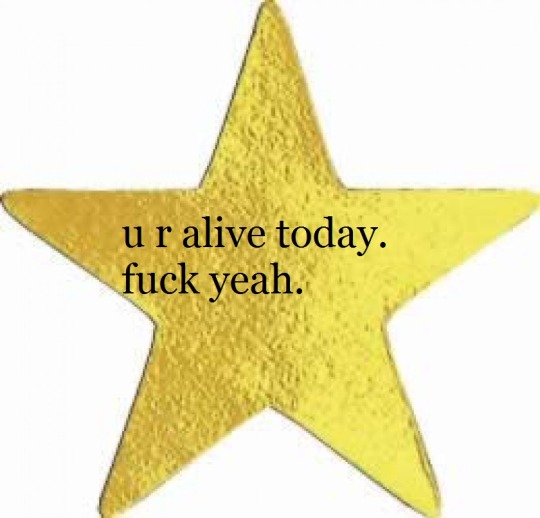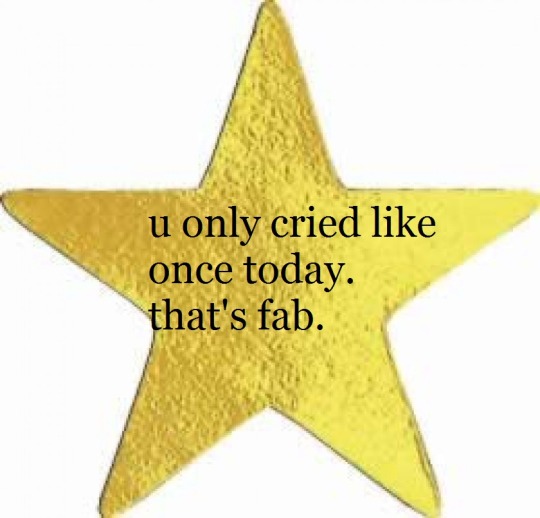Photo

1 note
·
View note
Photo

Juego favorito
0 notes
Text
Rabbits Part 1: The Basics
Since Easter is coming up soon, I thought this would be a good time to teach about a species I have adored my whole life. **Mammals, reptiles, amphibians, fish, and avians are not a cage decoration**. Rabbits are thinking, feeling animals who need just as much care and attention as a cat or dog, sometimes more. Rabbits are NOT an ‘easy’ pet or a way to teach small children responsibility unless they are being directly overseen by an adult who is experienced with rabbits. So, let’s get started!
As with all ‘exotic’ or non-traditional companion animals, husbandry is usually the greatest factor impacting their overall health. Trying to replicate their natural environment is the most appropriate way to maintain a rabbit’s health.
**There is a graphic image later in this post that has blood, exposed subcutaneous tissues**
Are you sleeping?
Rabbits are crepuscular creatures, meaning they are most active at dusk and dawn, usually sleeping during the day. Adapt to the rabbit’s schedule and do not force them to be awake to fit your schedule.
Housing
There is a new trend in house rabbits or apartment rabbits, which I absolutely adore. I think our pets, no matter the species, are a part of the family and as rabbits are social creatures, it is so important to have them in an area where they feel like they are part of the family too. Keep in mind that they may want some privacy, so housing them where there’s heavy traffic in the home is not the best idea, but having them take over a corner in a room you spend your time in is perfect.
Traditionally, meat rabbit breeders have used wire-bottom cages kept outside. Keep in mind that these rabbits are not bred for their longevity and may not live long enough to experience the negative side-effects of these housing conditions.
Rabbits should have an enclosure that is at least 4-6 times the size of their body and should be able to stand up in their enclosure, as well as fully kick out those legs for a proper flop. That 4-6 times size should be the floor space they have available, not completely taken up by items in their enclosure.
No wire bottom cages, please. You can buy cheap fleece to put over if your rabbit won’t chew it or use wooden boards (I have seen people use untreated cutting boards). Rabbits do not have paw pads like cats and dogs. Their skin is not thick like ours is on the bottom of our feet. Really the only thing protecting those adorable feet is the hair on them. Rabbits with wire-bottom cages are prone to sore hocks, a condition that is very painful and often requires prolonged veterinary intervention to get them under control. Rabbits with sore hocks that go untreated can eventually have an infection that progresses to the bones of their feet and legs. The image below is an extreme case and it should be a little scary. Wire-bottom cages are something that benefit humans, NOT RABBITS.

Many rabbits also prefer a surface which is not slippery because they are basically walking on hair. Try feeling comfortable running around on slick floors with your fuzzy socks on. It won’t go well.
Surfaces like tile, wood flooring, laminate do not provide them with much traction and they may not feel comfortable racing around or expressing other natural behaviors. Finding things like area rugs can be useful, but we want to monitor for chewing!
There are a number of housing set-ups that can work for rabbits. I am personally a fan of re-purposing furniture and this has led me to many thrift shops to search for entertainment centers to convert to multi-level rabbit homes.
Leave out the pet carrier! In my own experience, leaving out my pet carrier in my rabbit’s exercise area all the time and stashing treats or lettuce in there has altogether eliminated the stress of the carrier where transportation is involved. It teaches your rabbit that the carrier is a commonplace item in their environment, not a box that only takes them to the vet, and is a nice hidey hole for them when they are playing. Instead of having to force my rabbit into a carrier, I am able to encourage him over to it, show him there are treats in the back as well as hay, and he gets in every single time no problem. This takes training and rewards for going in on days you are not needing to go places, but it is so doable.
Bunny-Proofing
So, so, SO important. Cords either need to be out of reach or encased in plastic tubing. Chewing on cords can create terrible, horrifying oral lesions due to electrocution, quite a bit of pain, and will make a bunny go off their feed. Remember, a rabbit who does not eat is a dead bunny without intervention. If you do not want your rabbit chewing on something in their area, pick it up. They investigate everything with their mouths, so everything they can reach is fair game even if you were thinking why would any bunny try to chew on the molding of my wall?
Give them something to do! Rabbits love to chew, throw things, dig. They need mental stimulation to keep them happy and this can go a long way to saving the legs of your furniture or your carpet (obstruction potential!). There are a myriad of homemade cardboard toys you can make out of simple toilet paper rolls, box forts you can make, pop can tunnel mazes for small rabbits, easy cardboard dig boxes. They also love plastic baby keys to throw.
A nice, simple ‘puzzle’ toy is a wiffle ball, the kind with the holes in them. I like to put appropriate lettuce and other veg in there. You can feed them and keep them busy in a simple, healthy manner. Your bun has to manipulate the ball in order to get their reward.
Exercise is essential for rabbit health.
Rabbits have less skeletal mass than most small mammals and more muscle. Using their muscles and their joints is essential to muscle and bone health in rabbits. Rabbits who do not get enough exercise or spend their lives in a cage are prone to muscle atrophy and osteopenia. These are the rabbits who are going to break their backs when you randomly decide they get some out-of-cage time or when they kick out. A healthy rabbit should have a tough time breaking their spine if they are handled properly.
Exercise is also important for a rabbit’s digestive health! Rabbits are hind-gut fermenters and should have a gut that is always moving! Exercise in rabbits helps to stimulate the gut to move. As we will discuss later, a rabbit without a moving gut is a dead rabbit without intervention.
Exercise is important for rabbits to express themselves! A happy rabbit gets the zoomies and binkies around. If you haven’t seen this, it is to die for. For rabbit owners, it is one of their very favorite behaviors to watch.
A lot of people will either house their rabbits with x-pen access throughout the day or allow supervised access when they are home. A rabbit should have a minimum of 3-4 hours of exercise a day. Ideally, we would like to provide as much exercise as our rabbit would like to have, but I realize that schedules exist and sometimes the humans need their sleep too.
Litter
Rabbits most certainly can be litter trained and I would suggest it. Giving a rabbit a litter box, one that is not a tiny corner one unless you have a tiny dwarf breed, eliminates urine on the cage floor (another factor that contributes to sore hocks, no matter the flooring type!). Clay litter is not recommended for rabbits, as they will often consume it because that is what bunnies do. If you want something that is scoopable, try Yesterday’s news or another recycled paper product.
Monitoring urine and fecal output is incredibly important. A rabbit who is producing smaller than normal stools or no stools for even 12 hours is an emergency. As with cats, you should be taking out soiled litter at least once a day. If you are not removing feces and urine at least once a day, how could you know what is from today? Or if they have passed normal stools in the previous twelve hours? I think a contributor to the ‘silent killer’ of rabbits is the frequency with which we observe these indicators of health.
Nutrition
Rabbits are a species where we have extensive research done into their GI physiology and we have a pretty good idea about how to meet their needs. A rabbit’s gut is fiber-dependent. In the wild, their diet is high in fiber, low in protein, and low in calcium.
Pellets were originally invented for laboratory animals and for growing meat rabbits. Both of these animals are likely to not have a long lifespan and may not experience the negative effects of feeding a pellet-based diet. Pellets are nutritionally complete, however, they are low in fiber to reduce fecal waste, high in protein to promote growth, high in calories, and high in calcium (with exceptions). See above to see why a pellet-based diet is not appropriate for your pet! If you are going to supplement your pet’s diet with pellets, measure it out.
No more than ¼ cup timothy pellets/ 5 lb. rabbit weight / day.
Normally when a rabbit chews a fiber-rich diet, they chew in a motion similar to a cow. Side-to-side motion is how rabbits normally wear their molars (all of their teeth grow continuously throughout their life). Feeding pellets results more in a vertical chewing motion, more the way humans chew their food. Down the line, this abnormal wear and lack of appropriate wear can lead to malocclusion, where the teeth do not meet appropriately.
An adult rabbit’s diet should consist of free choice timothy or grass hay (NOT alfalfa), a variety of nutrient rich vegetables, and only occasionally fruit. Alfalfa hay is too high in calcium content for the adult rabbit and we will discuss health problems associated with feeding alfalfa hay later. Fruit is loaded with sugar, which can lead to obesity and disrupt the normal flora of the GI tract.
Here is a list of vegetables that are appropriate for rabbits and their relative levels of calcium, vitamin A content. If you are considering going to a pellet-free diet, it is recommended to do so gradually (both decreasing of pellets and increasing of veg) and provide your bunny with a pile of veg that is roughly the size of their body each day.
Young, growing rabbits are the exception to the alfalfa hay rule. Since these rabbits are creating new bone, they have a higher calcium requirement than adult rabbits. Their diet should be designed to meet these calcium requirements.
When feeding alfalfa hay or other veg that is high in calcium, it is really important to monitor your rabbit’s urine, as they excrete excess calcium through their kidneys and into their urine. This can change the consistency of their urine to almost a white sludge and favor the formation of calcium crystals and possibly stones. Prior to the sludge stage, you may see a white coating on the litter your rabbit has urinated on. If you see this, we need to scale things back!
Handling
Rabbits are terrestrial creatures who do not leave the ground except of their own design or by that of a predator. It is highly uncommon for a rabbit mother to pick up her own young. My personal opinion is that is is generally unnecessary to pick up a rabbit for most things you need to do. This can result in stress, leading a rabbit to panic. Appropriate treats, training, and lots of encouragement can get a rabbit to do everything you need on a day-to-day basis without having to pick them up.
*Rabbits are not ‘cuddlers’ when you want them to be. If they choose to come and lie with you, I am super glad, but please do not force your bunny to cuddle. This is especially important when there are children around, as improper handling may cost a rabbit their life!*
A lot of people have heard that rabbits can break their backs when handled improperly and that is true. This is usually the result of improper husbandry and improper handling. Look at the image below to see the usual stance of the rabbit spine. The spine is usually in a flexed position and when rabbits kick out, they may go into hyperextension, fracturing their spine.

When might you need to hold a rabbit?
To trim nails, of course! To help get them into that pesky carrier if they have not been trained to it! To get them to a surface to administer medicine!
So how do you hold a rabbit when you need to?
I usually prefer the ‘football’ hold with the rabbit head tucked into my elbow. Whatever hold you use, it is highly important to support the rabbit’s spine! If you need somewhere to start, here is a video with a LVT teaching you.
How do you set a rabbit down?
It is useful to place a rabbit into something like a carrier, booty first. Whether you go head first, or booty first, there is a blind spot in their vision, but rabbits are generally more accepting of going in backwards.
**Opinion Alert** I am now going to say something where there is debate among the rabbit owner community and even among veterinarians. This is my opinion, not a fact:
Trancing (or flipping a rabbit on its back) may NOT be a good idea. Rabbits do not lie on their backs in the wild, nor do they voluntarily perform this behavior in captivity. This also puts the rabbit’s spine into a relatively more extended position. There are theories on if this is stressful vs relaxing to the rabbit. Some rabbits may get used to this being performed, but the first time will scare them and this is an opportunity for them to hurt themselves. The bottom line for me is: getting a rabbit into that position can be risky and is unnecessary handling, so why bother?
Remember that trimming nails is a necessary evil in a rabbit’s life. Whichever method you choose, it is imperative to train a rabbit to the handling method before you introduce nail-trimming. Doing this step-wise and with lots of appropriate treats is so important. A reward afterward goes a long way as well! Less stress for the bun makes both of your lives easier and gets your bunny the care they need. Without that training, it’s a recipe for stress every time and possible to cut into the ‘quick’ of the nail, which just makes a feedback loop of stress.
A how to nail trim/alternative to trancing for nail trims can be found here.
If you have a friend, you can use the football hold and have the other person trim.
Brushing
Rabbits do this thing called molting where they shed an enormous amount of hair in preparation for a new season or when they get their adult coats. It is essential to brush any rabbit breed daily when they are molting to prevent all of that hair ending up in their digestive tract. This can be a contributor to GI stasis, especially with an inappropriate diet.
All rabbit breeds could do with a brushing at least once a week to make sure they have not developed any mats. However, brushing daily will acclimate your rabbit to the process, make it routine (less stress), will increase your social interaction time, and potentially alert you to things like pain, dermatologic problems, or injuries.
Any long-haired or woolly breed should be brushed daily. Rabbits in the wild do not have wool the way these animals have been bred. Daily brushing is even essential in breeds like Lionheads where the long hair may not be the entirety of their coat. In my experience, a pile of veg is sufficient to keep them still for brushing. You have to make it worth their while!
I hope you find this helpful and not just the rant of a crazy rabbit lady/vet student.
Next time, I will go into common medical issues!
594 notes
·
View notes
Quote
¿Cuánto deberá herir el amor para causar una hemorragia?
“Mi hermana y yo”, Friedrich Nietzsche.
2 notes
·
View notes
Photo

-Antología Z
2 notes
·
View notes
Photo

A nada de terminar el primer mes del año y ya me fallé demasiadas veces.
#no drama#star vs the forces of evil#star vs las fuerzas del mal#pony head#star butterfly#por que eres asi
5 notes
·
View notes
Photo

7 notes
·
View notes
Photo



8 notes
·
View notes
Video
Conejito!!!!!!!
My dog and my bunny were playing in the back yard and I thought other people might enjoy watching as much as me
422K notes
·
View notes
Quote
Aunque no sepa quererte de la forma que a ti te gustaría... Siempre te querré con todo mi corazón de la mejor forma que sepa.
Inuyasha
8 notes
·
View notes
Photo
My motivation










My therapist asked me to create something “motivating” so I made these.
lol.
2M notes
·
View notes














